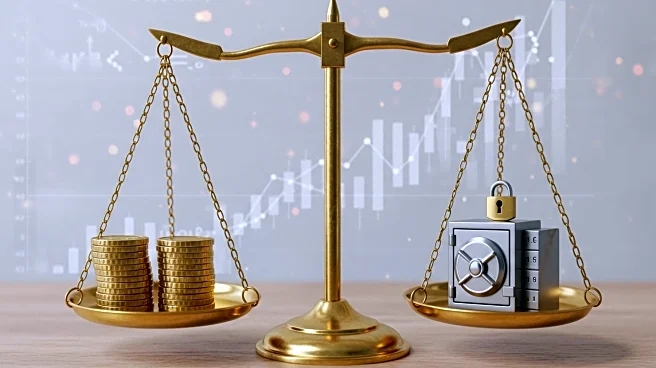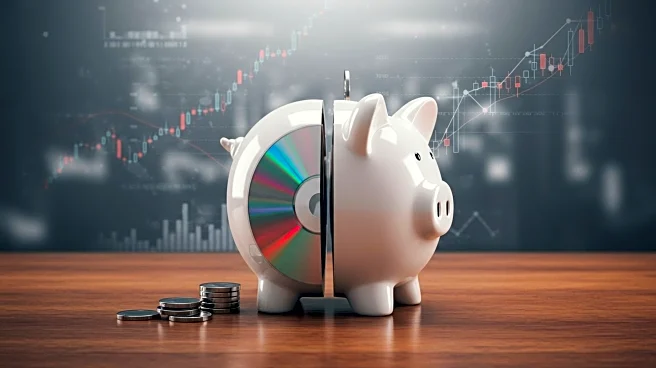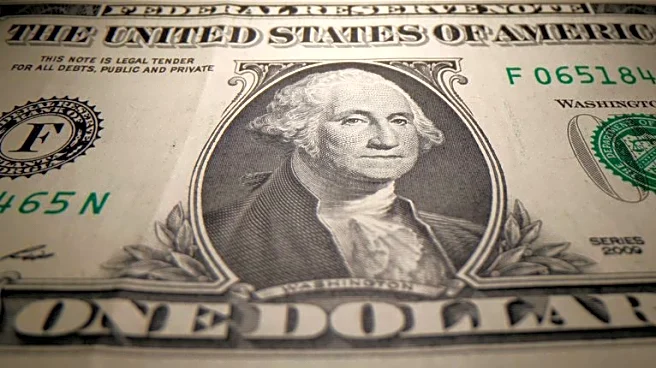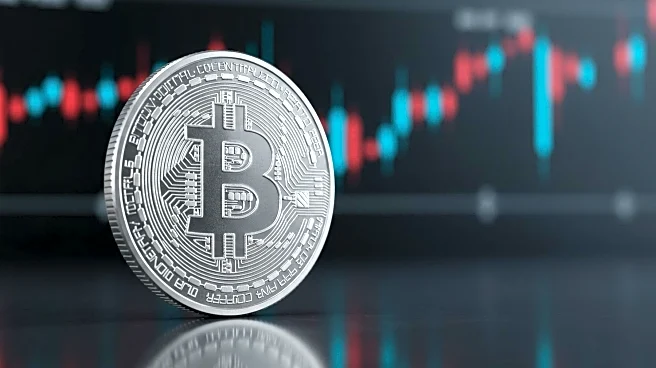Rapid Read • 7 min read
Financial institutions are currently offering savers two primary options for growing a $50,000 deposit: Certificates of Deposit (CDs) and high-yield savings accounts. Both options provide strategic ways to earn interest in today's elevated interest rate environment. CDs offer fixed interest rates, ensuring consistent returns over the term of the deposit, while high-yield savings accounts have variable rates that can fluctuate with market conditions. Recent calculations show that a $50,000 deposit in a 3-month CD at 4.30% would earn $529.04, whereas the same amount in a high-yield savings account at 4.35% would earn $535.10, a difference of $6.06 in favor of the savings account. However, over longer periods, such as 18 months or two years, the high-yield savings account tends to earn more, with differences of $145.50 and $260.56, respectively.
AD
The choice between CDs and high-yield savings accounts is significant for savers looking to maximize returns on substantial deposits. CDs provide guaranteed returns, which can be appealing in uncertain economic times, while high-yield savings accounts offer potentially higher returns but with greater risk due to their variable nature. This decision impacts individual savers' financial strategies, particularly in a volatile market where interest rates may change. The broader economic implications include influencing consumer saving behaviors and potentially affecting liquidity in the banking sector as individuals weigh the benefits of fixed versus variable interest earnings.
Savers must consider their risk tolerance and financial goals when choosing between these two options. If interest rates decrease, the advantage of high-yield savings accounts may diminish, making CDs more attractive for their stability. Financial advisors may play a crucial role in guiding clients through these decisions, especially as market conditions evolve. Additionally, banks may adjust their offerings to remain competitive, potentially introducing new products or altering interest rates to attract deposits.
AD
More Stories You Might Enjoy











